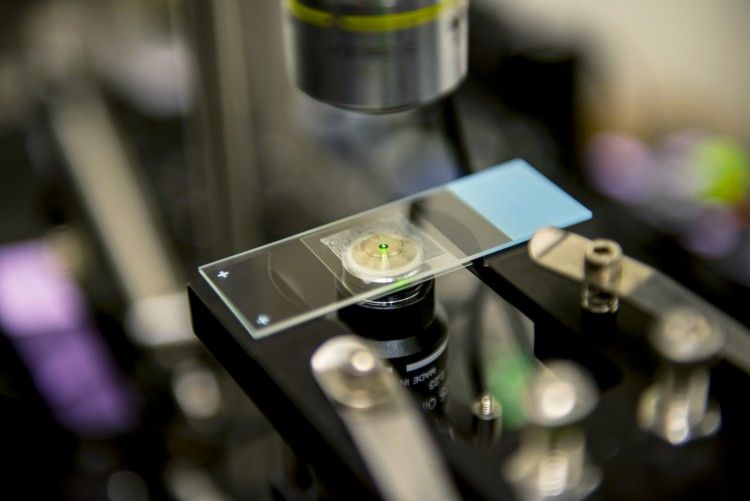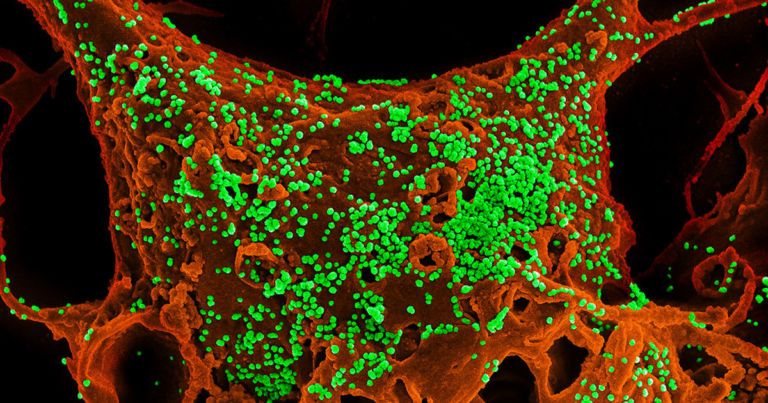Jan 21, 2020
UW team refrigerates liquids with a laser for the first time
Posted by Quinn Sena in category: futurism
Circa 2015
Since the first laser was invented in 1960, they’ve almost always given off heat — either as a useful tool, a byproduct or a fictional way to vanquish intergalactic enemies.
But those concentrated beams of light have never been able to cool liquids. University of Washington researchers are the first to solve a decades-old puzzle — figuring out how to make a laser refrigerate water and other liquids under real-world conditions.
Continue reading “UW team refrigerates liquids with a laser for the first time” »


















